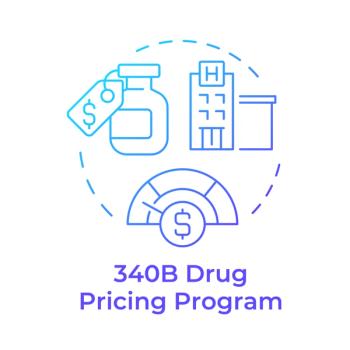
Data Interoperability is Essential to Vaccination Success
COVID-19 is not in the rearview mirror. Greater collaboration among organizations, and a new sense of purpose with regard to interoperability, is essential in this new era.
As cases of the Delta variant continue to multiply and
No common system yet exists to coordinate and exchange information—a situation that, amid this unprecedented emergency, is a major hindrance to meeting mitigation efforts.
Solutions are overdue
For COVID-19 to ultimately be brought under control, data interoperability between and among agencies and organizations is imperative. Recent
Healthcare information technology (HIT) data interoperability has been on the table as a goal ever since the American Recovery and Reinvestment Act (ARRA) was enacted in 2009. At some levels it has been achieved—but the ultimate objective is to have a single, unbroken view of patients across practices, hospitals, pharmacies and other players in the healthcare system.
True interoperability would allow every healthcare organization, from primary care clinics and public health agencies to labs, specialists and long-term care facilities to optimize data sharing. The Health Information and Management Systems Society (HIMSS) has established four
- Foundational. the ability of one information system to exchange data with another, with no need for the receiving party to convert or interpret incoming data
- Structural. Uses common standards to define data based between systems, and allowing data to be both preserved and unaltered
- Semantic. enables multiple systems across the healthcare spectrum to derive full value of shared data through exchange, interpretation and use
- Organizational. Provides shared consent, trust and integrated end-user processes and workflows to facilitate the secure, seamless and timely communication and use of data within and between organizations, entities and individuals
Full data interoperability would improve coordination, reduce redundant testing and procedures, streamline administrative tasks, reduce costs, and improve operating margins. Patients would also have greater control over their health data. The impact would be both profound and transformational.
Regrettably, COVID-19 set back the initiatives to collaborate on interoperability at the very time broad-based data exchange was needed most. Unlike other sectors of the economy that quickly adjusted to their new circumstances by supporting remote workers and accelerating digital transformation projects, healthcare had other priorities, namely, supplying the equipment and personnel needed on the pandemic frontlines. Had efficient means of data exchange been in place, the initial response would surely have been more effective.
If multiple systems were able to talk to each other, the result would have been better vaccine distribution and storage, more accurate patient follow-up, improved recordkeeping, and more coordinated side effect tracking.
Renewed urgency
ARRA, along with the CDC’s
Meaningful use provided incentives for the adoption of technology among healthcare organizations —the kind of incentives that can move the industry toward interoperability as well.
Perhaps the most effective strategy, however, would be to encourage infrastructure that conforms to open standards. Designed specifically for data interoperability,
Data privacy and security for open standards are mandated by HIPAA in the U.S., and GDPR in the European Union. Typically, all data created, received, transmitted or maintained by health systems are required to conform to
The race isn’t over
Solutions for interoperability are available but implementing them begins at the top. Healthcare executives and senior administrators must be the change agents that move their organizations toward the improvements that interoperability will provide across the continuum of care.
With COVID-19 still before us, achieving interoperability is not simply a nice-to-have. Greater collaboration among organizations, and a new sense of purpose with regard to interoperability, is essential in this new era. It’s time to reevaluate the industry commitment to interoperability and to make purposeful progress. The more that providers are able to talk to one another digitally, the greater chance of success the U.S. will see in the race to conquer the pandemic — and to handle other healthcare emergencies arising in the future.
Adeel Sarwar is chief technology officer at
Newsletter
Get the latest industry news, event updates, and more from Managed healthcare Executive.


















































